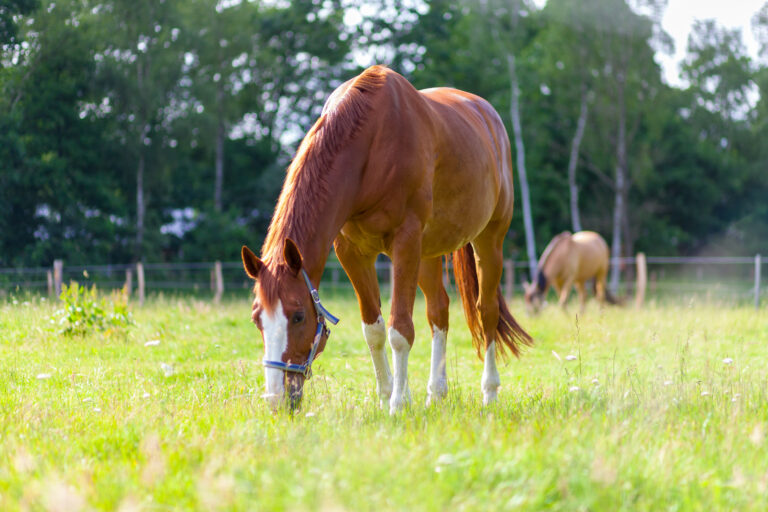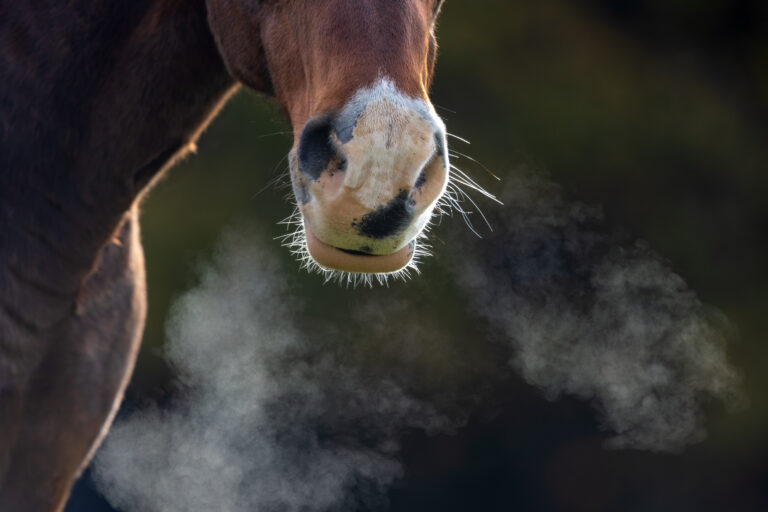
At the 2023 AAEP Convention, Erin Contino, MS, DVM, DACVSMR, of Colorado State University, recalled a common question: “Which horse is most fit for the purpose—the lame horse that can do its job or the sound horse that can’t?” She noted horse sports must have a social license to operate, especially considering horses are competing, and likely succeeding, in the face of pain and/or lameness.
Study on Lameness in FEI Horses
While 77% of show jumpers and 82% of racehorses are sidelined for orthopedic pain during their careers, veterinarians identified incidental lameness in up to 75% of horses not presented for lameness issues. A study of show jumping, eventing, and dressage horses aimed to determine the prevalence and magnitude of lameness in horses competing at the FEI level in various disciplines. The objective was also to assess the impact of lameness on performance outcomes. Under FEI Clean Sport rules, competition horses are not allowed drugs on the Equine Prohibited Substance List (EPSL), many of which are used to mitigate pain.
Lameness Evaluation Methods
Horse enrollment by owner/rider was voluntary, with 299 horses enrolled: 58% show jumpers; 35% eventers; and 12% dressage. Horse age averaged 11 years with a range of 6-20 years; two-thirds were Warmbloods. Researchers graded each limb using a subjective lameness exam based on the consensus of two experienced lameness practitioners and a body-mounted objective inertial sensor system. Using these results, the researchers noted each horse’s lamest limb as well as a cumulative sum of all four limbs.
Study Results
| Subjective | Objective | |
| Not lame | 9% | 12% |
| Lame | 89% | 88% |
| Multi-lame | 44% | 51% |
Contino said there is no gold standard for lameness evaluation, but incorporating two different lameness evaluation methods increases validity of results. Lameness prevalence was high at nearly 90%. Most had a mild lameness degree, but at least one horse in each discipline exhibited a moderate lameness ≥ 2.5 (AAEP scale of 0-5). Final placing of enrolled competitors ended up with 33% each in top, middle, and bottom tiers. There were no nonfinishers.
In dressage and eventing, there was no statistical difference between subjective and objective assessments. As lameness increases, performance becomes a little worse. In eventing, there was no correlation between lameness degree and placing in any phase. With show jumpers, the researchers noted mild correlation between higher lameness grade and better performance. In summary, Contino observed a trend: Lamer dressage horses did not perform as well, while lamer show jumpers performed better.
Final Thoughts on Lameness in FEI Horses
The team saw no evidence that a certain degree of lameness negatively influences performance. This supports the idea that a horse can be serviceably sound despite some lameness issues. Contino noted this was only a small sample size, and it is possible that lamer horses that were not performing well did not present for the study and might not have come to the venue.
While mild single and multi-limb lameness is common in FEI-level horses, Contino said it does not appear to be performance-limiting. This might not be acceptable from a social licensing standpoint, which is another consideration. Better means to help measure a horse’s readiness to compete might include the ridden horse pain ethogram and wearable technology, she said.
Sponsored by










